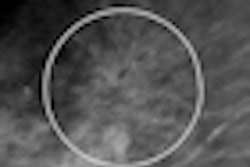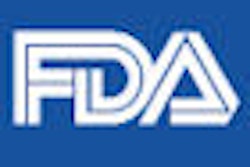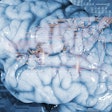Monday, November 26 | 10:30 a.m.-10:40 a.m. | SSC08-01 | Room S402AB
In his keynote talk, Dr. Bradley Erickson, PhD, of the Mayo Clinic in Rochester, MN, will discuss how computer-aided detection (CAD) research is on the rise, and is increasingly focused on assisting radiologists with analysis instead of detection.The number of scientific papers on CAD is growing because of several factors, including an increased interest and lowered barrier of entry due to the number of imaging exams and ease of access to imaging, Erickson said.
"There are far more image processing tools and libraries than there used to be," he said. "This also lowers the barrier to entry."
In addition, trainees are coming in with a higher level of computer expertise, he said.
Those who develop such tools now have the challenge to think about how they can and will be integrated into clinical practice, according to Erickson.
"Most radiologists still aren't geeks," he said. "That means the tools must be well integrated into the PACS/RIS, must have a similar [user interface] experience to the PACS, and must be 'ready' -- e.g., no wait while the images transfer -- and easy to transfer the results into the report."
Furthermore, statistical p-values don't read films, Erickson said.
"That means that while there can be a statistical difference between groups, the information is not necessarily something radiologists can use to make decisions about patients," he said.
Erickson also noted that algorithms don't equal products. Commercialization and U.S. Food and Drug Administration (FDA) clearance is a big hurdle, and many scientists don't have the resources and interests to overcome these hurdles, he said.



















